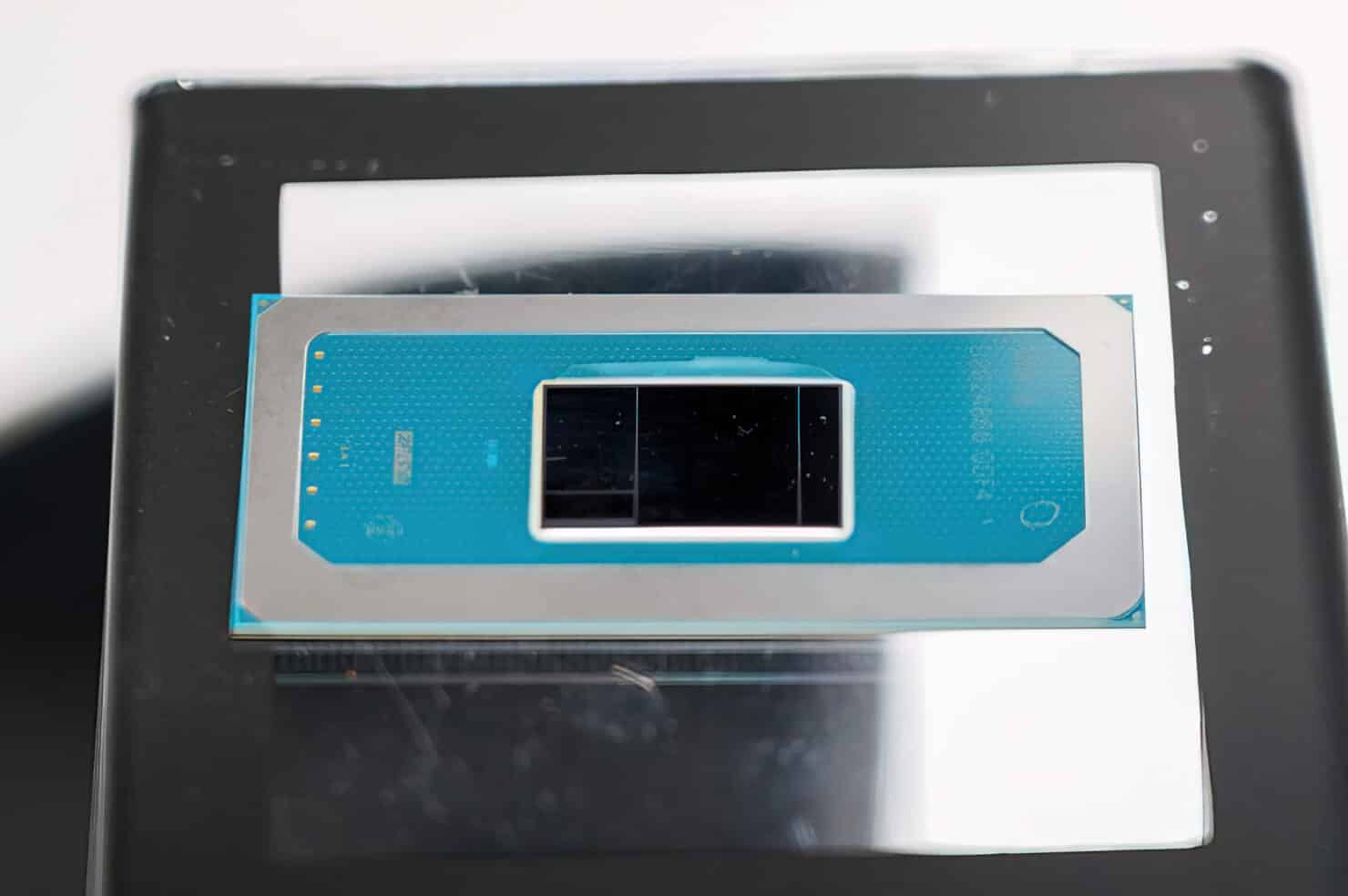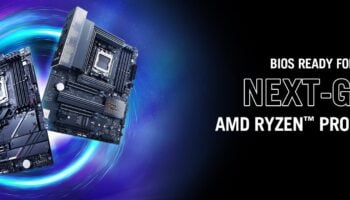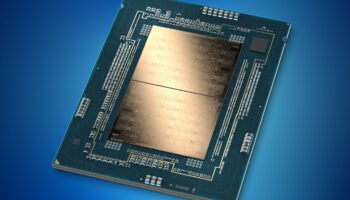Intel is reportedly dumping the LGA 1700 socket after Raptor Lake, thereafter switching to the slightly larger LGA 2551 socket. Users who bought high-end Z690 motherboards for their 12th Gen Alder Lake processors will run out of upgrade options after two quick generations. According to Moore’s Law is Dead, Raptor Lake will get a paper launch either in September or October with the actual hard release following in the holiday season.
The LGA 2551 socket will be 38mm x 46mm in dimensions, a smidge larger than LGA 1700. As already reported multiple times, the 13th Gen Raptor Lake lineup will be a soft refresh with changes to the memory sub-system (cache). The efficiency (Gracemont) core count will also be doubled to 16, but the core architectures will remain unchanged.
The Core i9 SKUs will come with 8P + 16E cores, Core i7s with 8P +8E, and finally, the Core i5-13600K will sport six performance and eight efficiency cores. The non-K i5s will come with six Raptor (P) Cove and four Gracemont (E) cores. Finally, as expected, the Core i3s will feature four performance cores and no efficiency cores.
Coming to the 14th Gen Meteor Lake lineup, we’re looking at a complete overhaul of the core architectures and the process node. The Redwood Cove should offer a 12-21% IPC uplift over Raptor Cove, please there’s a good chance that we’ll see a clock speed regression upon going from the Intel 7 to Intel 4 node.
Not much is known about Crestmont on Meteor Lake, including the targeted IPC or core counts. Meteor Lake-powered laptops are expected to arrive in the first half of 2023 but much like Ice Lake, it’ll serve as a low-volume product at the high-end. Raptor Lake parts will form the bulk of the shipments.
The desktop lineup will launch in the last quarter of 2023 with the same core counts as Raptor Lake (8+16). The IPC uplift should improve the single-threaded performance but clock speed regressions much limit gains in gaming workloads.
Finally, we have Arrow Lake which according to Tom will be a true desktop-oriented architecture with as many as 40 cores. Out of these, only eight will be the performance cores, namely Lion Cove while the remaining 32 will be the low-power Skymont cores. The former is rumored to be part of the Lion Cove project which was led by Jim Keller in an attempt to redesign Intel’s high-performance core architecture. Obviously, you can expect massive double-figure IPC improvements from these cores.
Arrow Lake should be compatible with the LGA 2551 socket and land sometime in the second half of 2024 to compete with Zen 6. There should be a performance/platform parity between the 13th Gen Raptor Lake and AMD’s rival Ryzen 7000 CPUs. However, the lack of an upgrade path will certainly make DIYers think twice before buying a new Z790 board. At the same time, support for cheaper DDR4 modules and lower-end non-K/F series CPUs will make Intel’s budget offerings more appealing.






